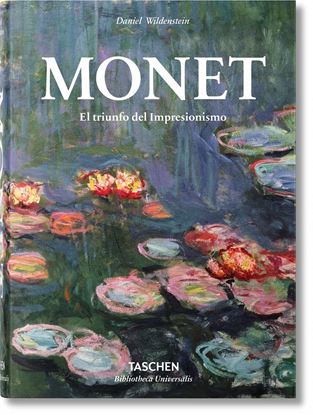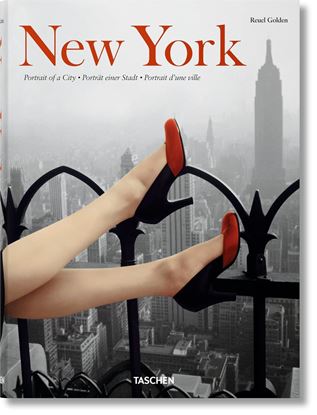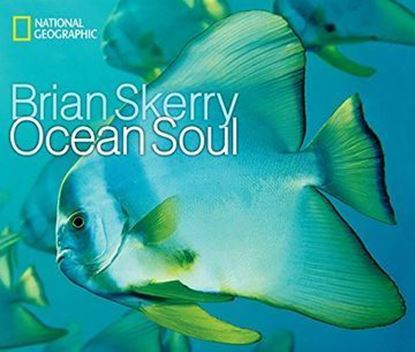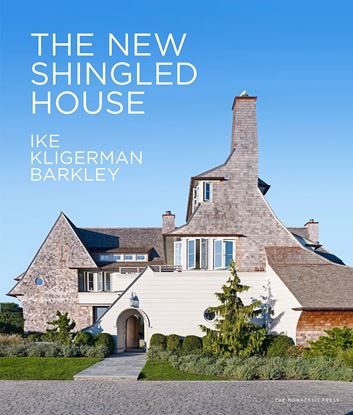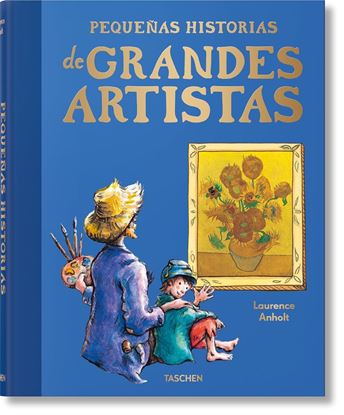

MONET HC (E) (BU)
No other artist, apart from J. M. W. Turner, tried as hard as Claude Monet (1840–1926) to capture light itself on canvas. Of all the Impressionists, it was the man Cézanne called “only an eye, but my God what an eye!” who stayed true to the principle of absolute fidelity to the visual sensation, painting directly from the object.
It could be said that Monet reinvented the possibilities of color. Whether it was through his early interest in Japanese prints, his time as a conscript in the dazzling light of Algeria, or his personal acquaintance with the major painters of the late 19th century, the work Monet produced throughout his long life would change forever the way we perceive both the natural world and its attendant phenomena. The high point of his explorations was the late series of water lilies, painted in his own garden at Giverny, which, in their approach toward almost total formlessness, are really the origin of abstract art.
This biography does full justice to this most remarkable and profoundly influential artist, and offers numerous reproductions and archive photos alongside a detailed and insightful commentary.
1,750
NEW YORK, PORTRAIT OF A CITY
This book presents the epic story of New York on nearly 600 pages of emotional, atmospheric photographs, from the mid-19th century to the present day. Supplementing this treasure trove of images are over a hundred quotations and references from relevant books, movies, shows, and songs. The city’s fluctuating fortunes are all represented, from the wild nights of the Jazz Age and the hedonistic disco era, to the grim days of the Depression and the devastation of 9/11 and its aftermath, as its brokenhearted but unbowed citizens picked up the pieces.
New York’s remarkable rise, reinvention, and growth are not just the tale of a city, but the story of a nation, From the building of the Brooklyn Bridge to the immigrants arriving at Ellis Island; from the slums of the Lower East Side to the magnificent art deco skyscrapers. The urban beach of Coney Island and the sleaze of Times Square; the vistas of Central Park and the crowds on Fifth Avenue. The streets, the sidewalks, the chaos, the energy, the ethnic diversity, the culture, the fashion, the architecture, the anger, and the complexity of the city are all laid out in this beautiful book. This is the greatest city in the world after all and great are its extremes, contradictions, and attitude.
4,995
OCEAN SOUL (B) (OF3)
Ocean Soul is a love story. It is a story of discovery. It is a story of hope. The story begins when a boy who loves the sea attends an event with underwater photographers and has an epiphany: "I had always wanted to explore the oceans, but I now understood how I would do this. I would do it with a camera." With sheer determination, hard work, and a little bit of luck the boy, named Brian Skerry, realized his dream with more than 20 awe-inspiring articles for National Geographic magazine. Now, with Ocean Soul, he showcases his stunning photography and describes his adventurous life in a gripping portrait of the ocean as a place of beauty and mystery, a place in trouble, and ultimately, a place of hope that will rebound with the proper attention and care.
995
THE NEW SHINGLED HOUSE (OF3)
The architectural style of the classic American summer, the shingled house can suggest the beach, the countryside, the mountains, and even the city. AD100 architects Ike Kligerman Barkley, one of the most successful firms practicing in a traditional style today, presents 14 houses that celebrate the simple wood shingle's infinite flexibility--ranging from richly historic to sculptural and experimental. The New Shingled House includes examples throughout the fabled seaside resorts of New England--Martha's Vineyard, Block Island, and the Hamptons--as well as houses in California's Bay Area and Point Loma, on a pristine mountain lake in South Carolina, and a Scandinavian influenced family residence in Connecticut. All are characterized by a sense of graciousness and generosity that makes them unique spaces for the owners and enviable spaces for readers. The versatility of the shingle style allows the designers to explore formal ideas and to respond to client preferences and taste. The houses thus achieve the architects' fundamental goal: when their clients enter their new house for the first time, they should feel as though they have always lived there. This stunning visual presentation features new photography by noted interiors photographer William Waldron, who has captured the graciousness and generosity of the elegant interiors and welcoming porches and terraces that make these houses so inviting and timeless.
999
PEQUEÑAS HISTORIAS DE GRANDES ARTISTAS
Descubra a los artistas más importantes del mundo, incluidos Frida Kahlo, Leonardo da Vinci y Vincent van Gogh, y las historias de niños reales que los conocieron. La entrañable serie de libros de arte para niños de Laurence Anholt, que ha vendido millones de copias en todo el mundo, recopilada por primera vez en un volumen inspirador.
1,500


